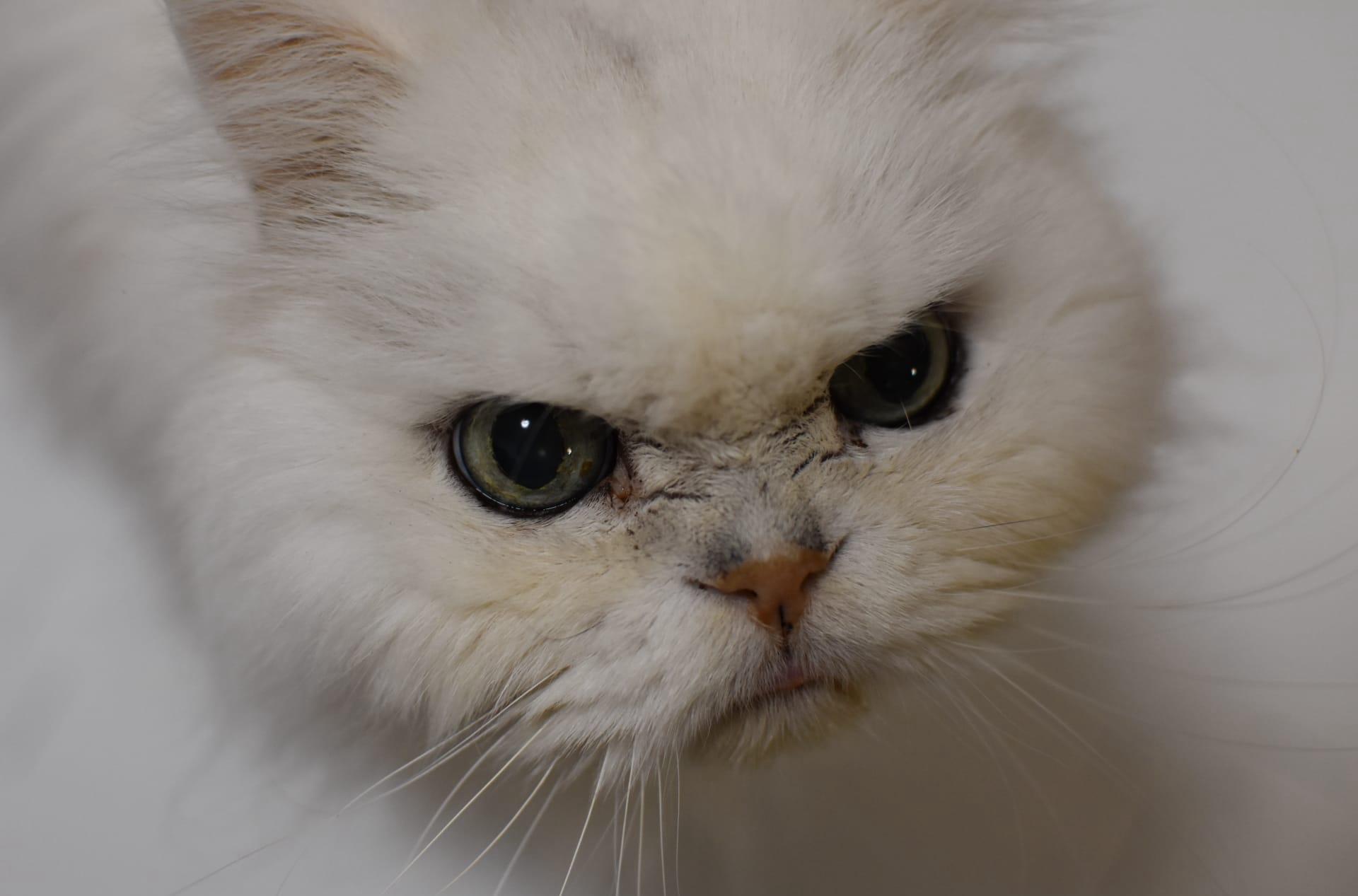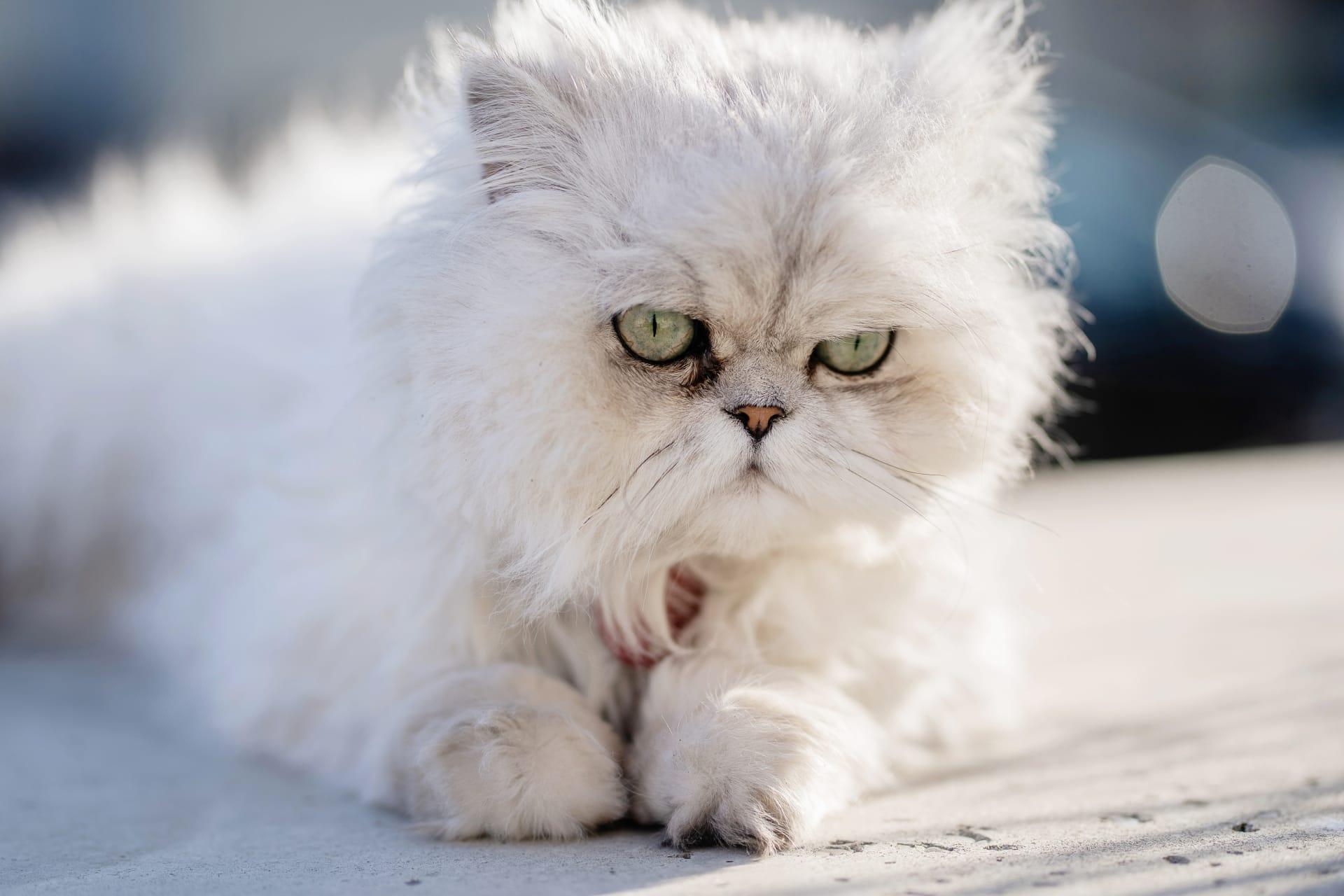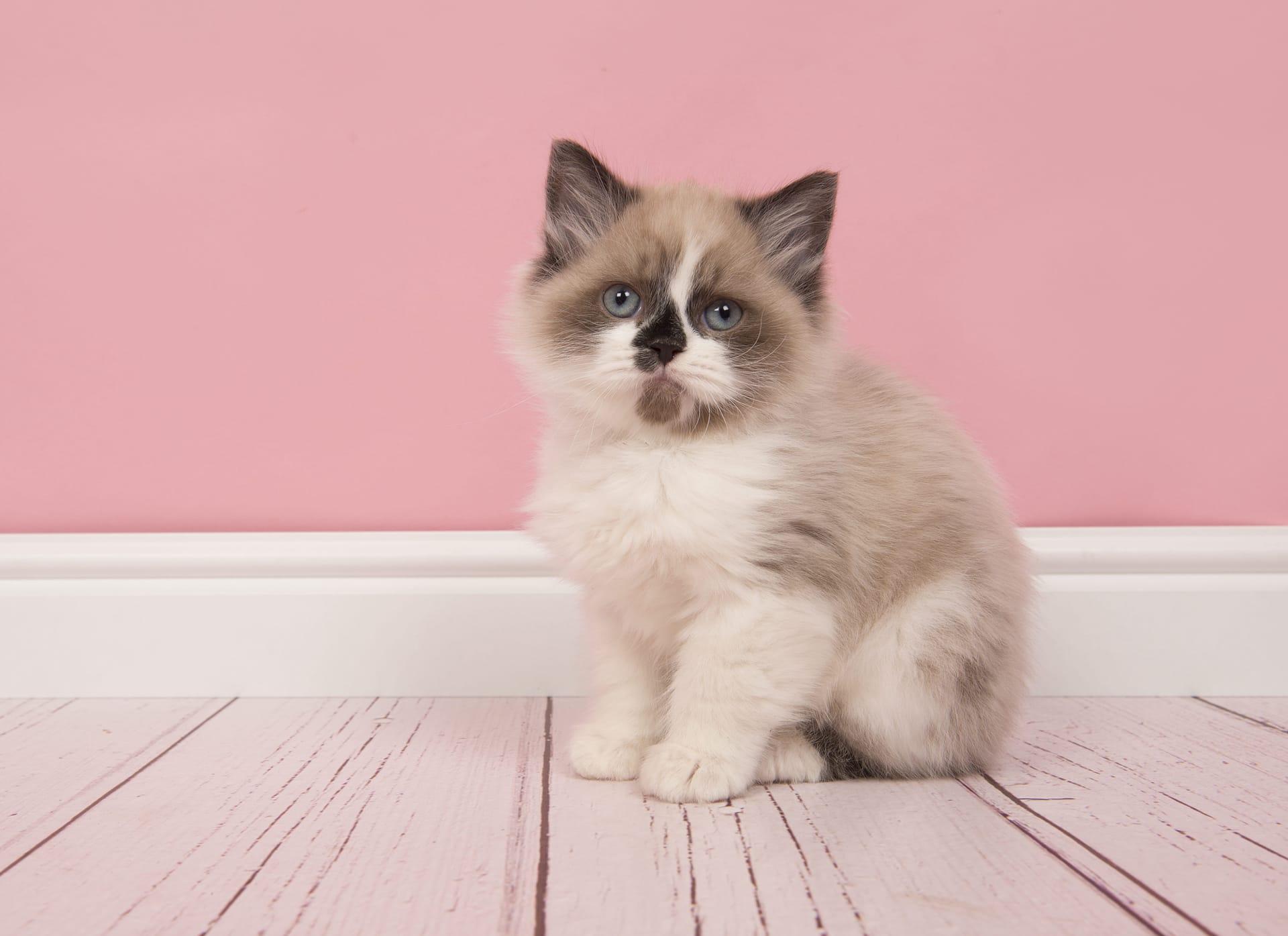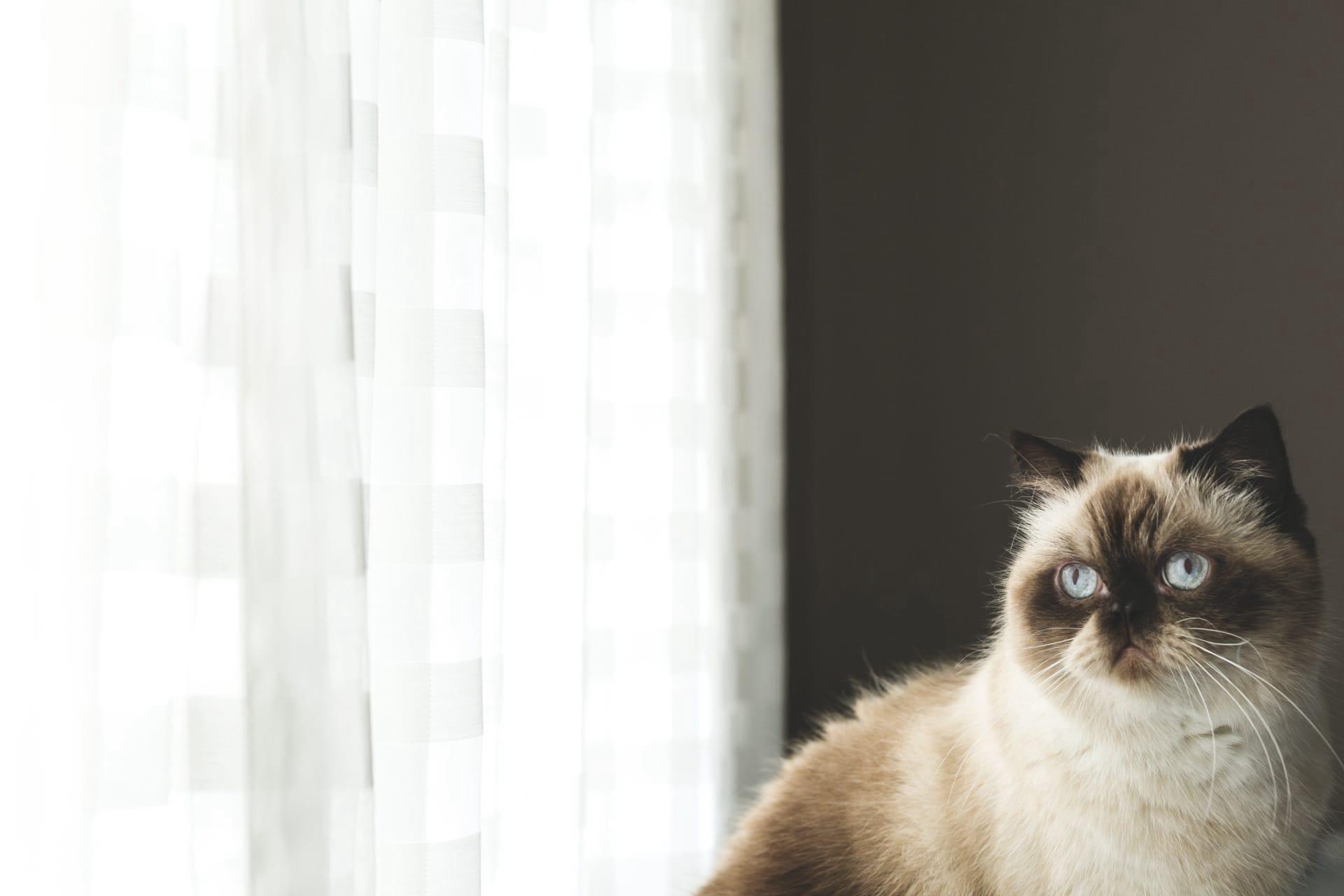Himalayan Cat Trivia
- Home /
- Trivia Question /
- Animal /
- Himalayan Cat Trivia
1
Question: What is the origin of the Himalayan Cat, and how did it get its distinctive color and long fur?
Answer: The Himalayan Cat is a breed created in the 1930s through the crossbreeding of Persian and Siamese cats. This meticulous breeding aimed to combine the Persian's long, luxurious fur with the Siamese's striking color points and blue eyes. The result is a cat with the creamy body of a Persian and the color points (ears, face, paws, and tail) in shades of chocolate, seal, lilac, and blue, characteristic of the Siamese. This breed is named "Himalayan" after the color-pointed animals found in the Himalayan Mountains, though it has no direct geographical connection to the region.
Question: How long can Himalayan Cats typically live, and what factors contribute to their lifespan?
Answer: Himalayan Cats have a lifespan that typically ranges from 9 to 15 years, although with excellent care, some can live into their late teens. Factors that contribute to their longevity include genetics, diet, environment, and regular veterinary care. These cats require a balanced diet, a stress-free environment, and routine check-ups to manage health issues common to the breed, such as dental problems, kidney disease, and respiratory issues due to their flat faces. Regular grooming is also essential to prevent matting and hairballs, contributing to their overall well-being.

2
Question: Is it true that Himalayan Cats are less active and more laid-back than other breeds?
Answer: While Himalayan Cats are often perceived as less active and more laid-back, this characterization can be misleading. Himalayans, like any other cat, have individual personalities. Some may enjoy a serene lifestyle, while others display bursts of kitten-like energy, enjoying playtime and exploration. Their activity levels can vary widely, with many enjoying interactive toys, climbing trees, and puzzle feeders. The breed does enjoy lounging and being pampered but should not be considered inactive. Engaging in regular play can help maintain their physical and mental health.
Question: Do Himalayan Cats require a special diet due to their breed-specific health issues?
Answer: It's a common misconception that Himalayan Cats need a breed-specific diet. While no one-size-fits-all diet exists for any breed, Himalayans benefit from high-quality, balanced nutrition suitable for their age, size, and health status. Due to their predisposition to certain health issues, such as dental problems and potential kidney disease, a diet that supports overall health and is low in unnecessary fillers is recommended. Regular veterinary check-ups can help identify any specific dietary needs. Providing clean, fresh water at all times is also crucial for their kidney health.

3
Question: How do Himalayan Cats react to cold weather, given their long fur?
Answer: Thanks to their long, dense fur, Himalayan Cats are well-equipped to handle cooler temperatures. Their thick coat acts as insulation, keeping them warm and comfortable in colder environments. However, it's essential to remember that, despite their robust fur, Himalayans are indoor cats and should not be left outside in extreme conditions. Indoor temperatures that are comfortable for humans are typically suitable for Himalayan Cats as well. Regular grooming is vital to ensure their fur remains in good condition, free from mats and tangles that could compromise its insulating properties.
Question: Can Himalayan Cats be trained to perform tricks or walk on a leash?
Answer: Himalayan Cats are quite intelligent and can be trained to perform tricks or walk on a leash with patience and positive reinforcement. Starting training at a young age is best, using treats and praise to encourage desired behaviors. While not all Himalayans may take to leash walking, many can enjoy the stimulation and exercise it provides. Training them to use a harness and leash indoors before venturing outside can help them acclimate to the experience. Consistency and patience are key, as cats learn at their own pace.

4
Question: What are the common health issues in Himalayan Cats, and how can they be prevented or managed?
Answer: Himalayan Cats are prone to several health issues, including polycystic kidney disease (PKD), respiratory issues due to their brachycephalic (flat) face, and dental malocclusions. Regular veterinary check-ups can help detect these issues early. Preventive measures include maintaining a healthy weight, providing a balanced diet, and ensuring they stay hydrated. For respiratory concerns, keeping their living area well-ventilated and avoiding overly strenuous exercise can help. Dental health can be managed with regular dental check-ups and cleanings. Genetic testing for PKD is also available for breeding cats to reduce the incidence of this condition.
Question: How does the Himalayan Cat's personality compare with other breeds?
Answer: Himalayan Cats are often described as gentle, calm, and sociable, making them excellent companions. They tend to form strong bonds with their families and can be quite affectionate. While they enjoy attention and interaction, they are not overly demanding and can entertain themselves. Their personality is a blend of the serene nature of the Persian and the playful side of the Siamese, though individual personalities vary. They are known to be good with children and other pets, making them a suitable choice for a family pet. Socialization from a young age can help ensure they are well-adjusted and sociable.

5
Question: How do grooming needs of a Himalayan Cat compare to other long-haired breeds?
Answer: The grooming needs of Himalayan Cats are significant, similar to other long-haired breeds. They require daily brushing to prevent mats and tangles in their dense, luxurious coat. This regular grooming not only keeps their fur in good condition but also helps to reduce hairballs and maintain overall skin health. Compared to short-haired breeds, Himalayans need more frequent baths—about once a month—to keep their coat clean and reduce oil buildup. Regular eye cleaning is also necessary to prevent tear stains, a common issue due to their brachycephalic face structure.
Question: Are Himalayan Cats good with families and other pets?
Answer: Himalayan Cats are known for their gentle and affectionate nature, making them excellent family pets. They typically get along well with children and other animals, provided they have been properly socialized. Their calm demeanor makes them a good companion for both active families and those looking for a more laid-back pet. It's important to introduce them slowly and carefully to other pets and to supervise interactions to ensure they are positive. With their sociable and loving nature, Himalayans often become an integral part of the family, offering affection and companionship to all members.